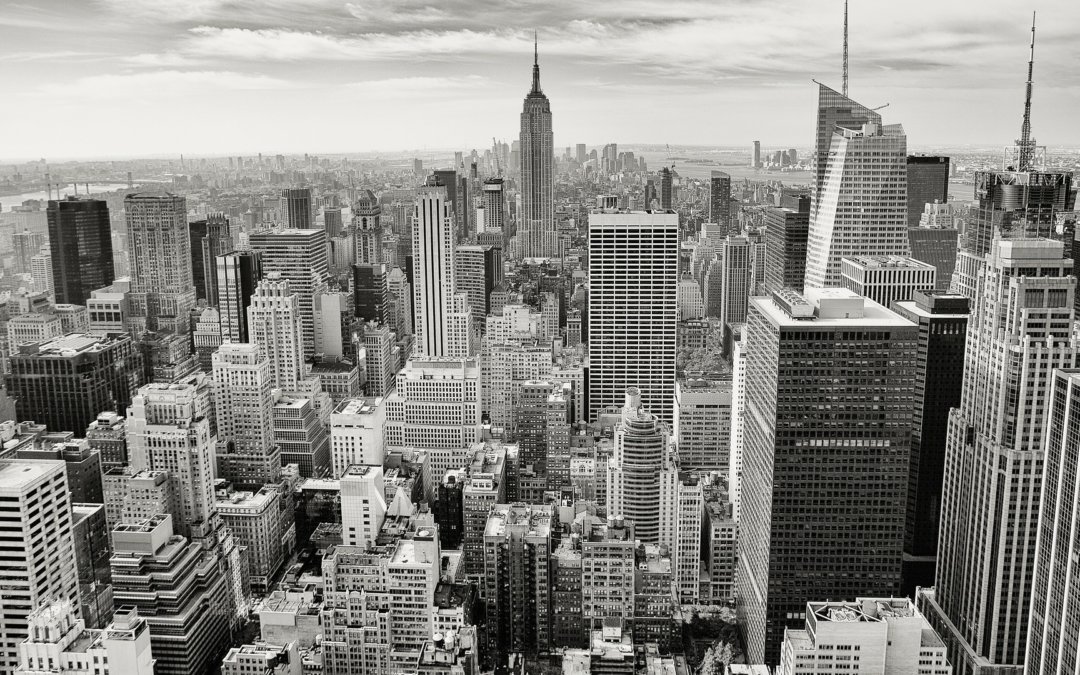Last year saw a definite downgrade in real estate sales throughout Manhattan. Though the land itself has a value of approximately $1.4 trillion, its residences haven’t fared so well. Real estate development has slowed down considerably over the course of the year.
Yet overall, the Manhattan real estate market is thriving, though it wasn’t always this way. Manhattan was first settled in 1609, and at the time of its official purchase, early settlers paid just $24 for it. When purchased, the island was nothing more than a bedrock of granite, and all sides of its sides were comprised of salt marsh. As a result, the Europeans found it was not the most suitable land to live on. In addition, the land wasn’t even able to be used for farming purposes.
It wasn’t until the 1900s that Manhattan was even able to have a real estate market. a demand for housing began that would change the course of the island forever. Though the upper parts of Manhattan were used as farming land until that point, the early 1900s saw the addition of apartment buildings to the neighborhood. By 1910, the population of Manhattan had reached its peak at 2.3 million. At that point, the rent for a Manhattan apartment was approximately $40 per month.
Aside from residential buildings, there was also a growing need for office buildings. By then the country’s workforce was quickly growing. And while prior to 1910 most people working in Manhattan were agricultural and industrial workers, there was a shift to those performing white collar work. As a result, skyscrapers were being erected all over the borough.
Throughout the 1920s, property values were beginning to rise. When the decade came to a close, Park Avenue apartments were 44% more expensive to rent than they had been previously. Despite the setback of the Great Depression, New York City a whole didn’t suffer for as long as other areas did. By 1935, rentals throughout the city were rising in rate and frequency. In fact, the East Side saw 22% more people renting apartments.
After the conclusion of World War II, the 1940s saw the city facing a shortage in housing. Soldiers coming home from the war was extremely good for Manhattan’s real estate scene. It resulted in a housing boom. Over the course of the next decade, apartment rentals in Manhattan rose to $60 per month.
The 1960s were when Manhattan real estate began to thrive even more. This would continue at a steady pace until 1980. At that time it was 400% more expensive to rent an apartment or buy a house in Manhattan. Ever since, real estate has been a hot commodity in Manhattan.
